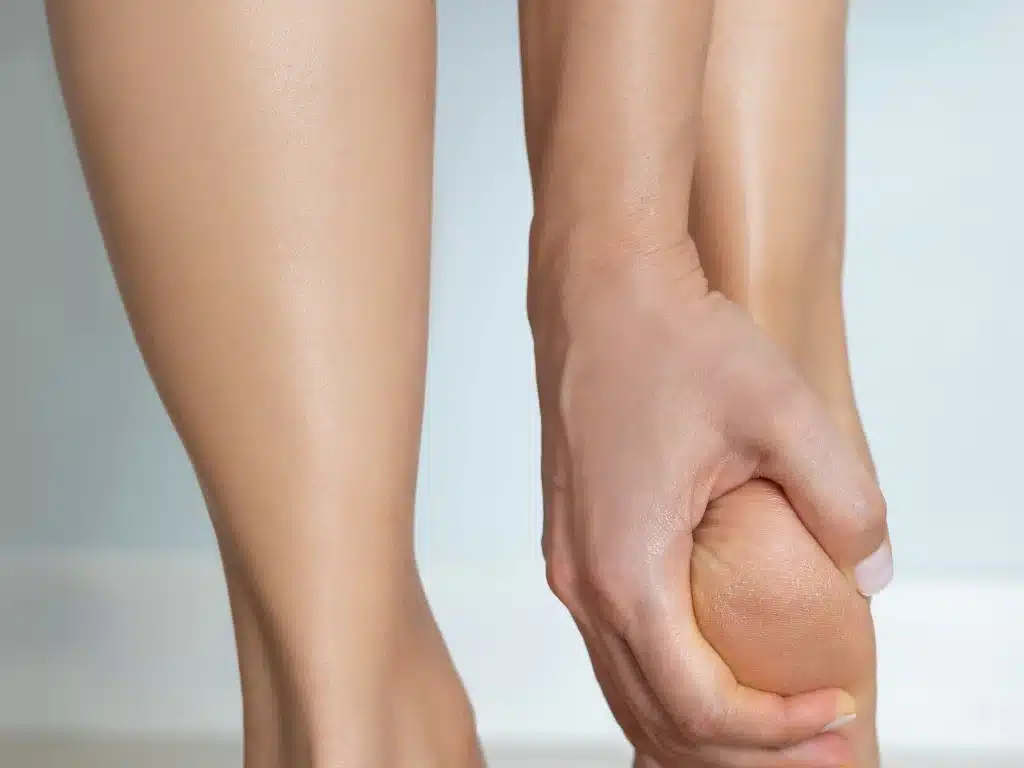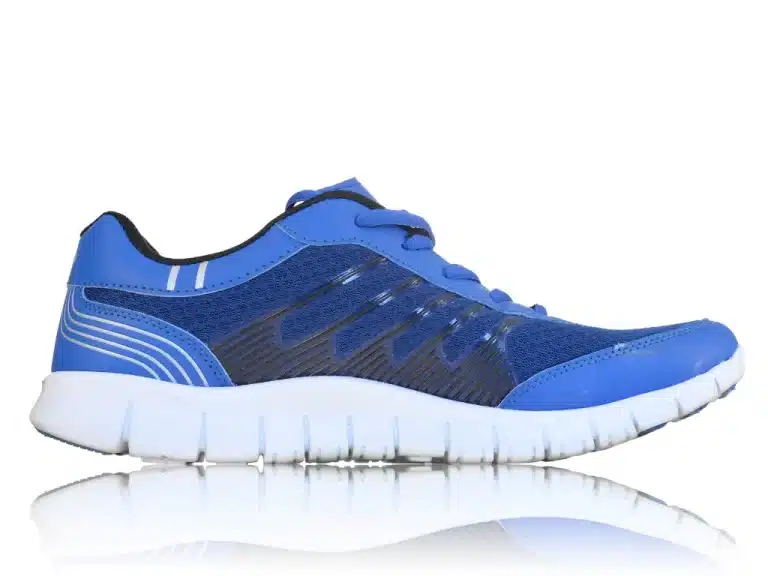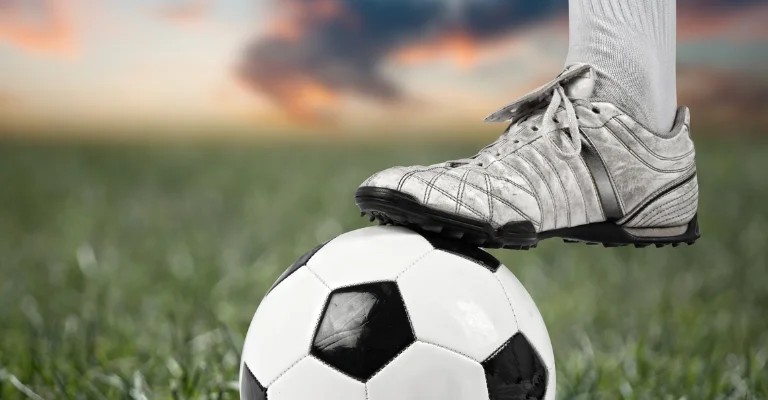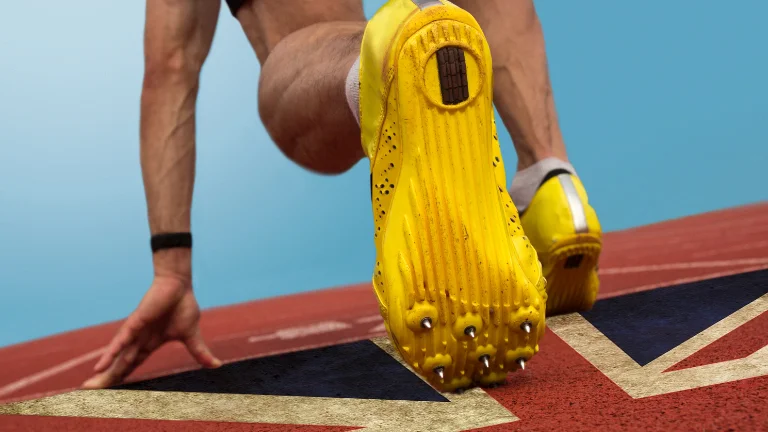🚀15 Ways to Improve Running Speed as a Heel Striker 🏃♀️
Are you a heel striker looking to increase your running speed? Don’t worry; you’ve come to the right place! I’m here to guide you with tips and tricks to help you improve your speed without changing your running style.
What is heel striking?
Heel striking is a term used to describe landing on your heel when you run. It’s the most common way of running, and many people do it without realizing it.
Is heel striking bad for running?
No, heel striking is not necessarily bad for running. It’s a natural way of running for many people and can be done without problems if done correctly. However, if you’re a heel striker experiencing pain or discomfort while running, it might be time to take a closer look at your form and make changes.

Improve Running Speed as a Heel Striker
A. Focus on your cadence
Cadence refers to the number of steps you take per minute. The ideal cadence for most runners is between 170 and 180 steps per minute. Increasing your cadence can improve your running speed and reduce your risk of injury.
B. Improve your form
Proper running form can help you run faster and prevent injuries. Here are some tips to improve your form:
i. Lean forward
Leaning forward slightly can help you maintain a more efficient stride and reduce the impact on your joints.
ii. Engage your core
Engaging your core muscles can help you maintain good posture and improve your balance while running.
iii. Relax your shoulders
Tension in your shoulders can cause unnecessary strain on your upper body and lead to fatigue. Make sure to keep your shoulders relaxed and avoid hunching over.
C. Incorporate speed work into your training
Adding speed work to your training routine can help you improve your running speed. Here are two types of speed work you can incorporate into your routine:
i. Fartlek training
Fartlek training involves alternating between periods of fast and slow running. This type of training is a great way to improve your speed and endurance.
ii. Interval training
Interval training involves dashing for a set distance or time, followed by a slower pace for a recovery period. This type of training can help you improve your running speed and endurance.
D. Train on hills
Running on hills can help you build strength and improve your running speed. Incorporating hill repeats into your training routine can help you improve your cardiovascular fitness and leg strength.
E. Add strength training to your routine
Strength training can help you improve Running Speed as a Heel Striker and build muscle, leading to improved speed. Focus on exercises that target your legs, such as squats and lunges, and exercises that target your core and upper body, such as planks and push-ups.
Tips to prevent injury as a heel striker
As a heel striker, you may be more prone to specific injuries. Here are some tips to prevent injuries:
A. Invest in good shoes
Good running shoes that provide proper support and cushioning can help prevent injuries.
B. Stretch before and after your run
Stretching before and after your run can help prevent injuries by warming up your muscles and reducing muscle soreness.
C. Gradually increase your mileage
Gradually increasing your mileage can help prevent injuries by allowing your body to adapt to the demands of running.

For more about Sports Gear and more about shoes.
Frequently Asked Questions
Q. How can I tell if I’m a heel striker?
If you’re a heel striker, you’ll likely hear a loud impact when your foot hits the ground.
Q. Can I become a midfoot striker?
It’s possible to become a midfoot striker, but it may take some time to transition. It’s essential to work on your running form and gradually transition to a midfoot strike to avoid injury.
Q. Should I switch to forefoot striking to improve my speed?
Switching to forefoot striking may not necessarily improve your speed and may even increase your risk of injury if done incorrectly. Working with a coach or trainer is essential if you’re considering switching.
Q. Can heel striking cause knee pain?
Heel striking can increase the impact on your joints, increasing your risk of knee pain. However, knee pain can also be caused by other factors, such as overuse or improper form.
Q. How long will it take to see improvements in my running speed?
The amount of time it takes to see improvements in your running speed will vary depending on your individual fitness level and training routine. However, with consistent training and proper form, you should begin to see improvements within a few weeks to a few months.
Summary:
Improving your running speed as a heel striker doesn’t have to be complicated. You can see improvements in your speed and endurance by focusing on your cadence, improving your form, incorporating speed work and hill training into your routine, and taking steps to prevent injury.
Now that you better understand how to improve your running speed as a heel striker, it’s time to implement these tips! Whether you’re training for a race or looking to improve your fitness, remember to be patient and consistent.
If you have any questions or want to share your experience, comment below!






